An imagined medieval walled garden, captured in oil paint for my mother for Mother’s Day a few year’s ago…

An imagined medieval walled garden, captured in oil paint for my mother for Mother’s Day a few year’s ago…

Mother’s Day was celebrated in March this year, in honour of all the incredible women who are mothers or mother figures. My own mother is a pure beacon of light to all who know her, she is one of the most beautiful women I know, a true role model.
Stay tuned for a recent oil painting that I gave as a gift to my mum this year..

Heralding the arrival of Spring with a chalk and pastel drawing of apple blossom. I wanted to emphasise the light petals against their dark backdrop.
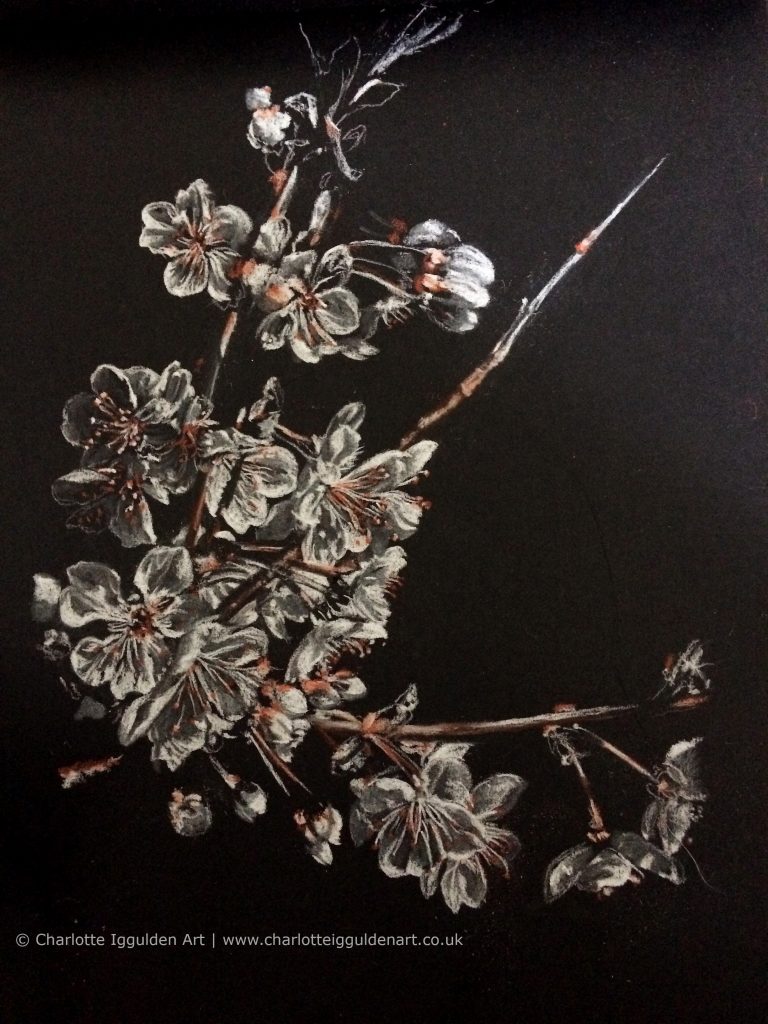
“I saw the angel in the marble and carved until I set him free.” Michelangelo
For many people around the world, this weekend symbolises hope and everlasting life through Jesus Christ. Whether or not you believe, the idea of new life, rebirth and renewal permeates this season, with egg hunts, newborn animals, and cherry blossom or sakura festivals.
Religious art arguably reached its peak during the High Renaissance. Read on for an extract from a past blog entitled ‘Michelangelo, Leonardo da Vinci & Raphael about 1500 – High Renaissance art at The National Gallery’…


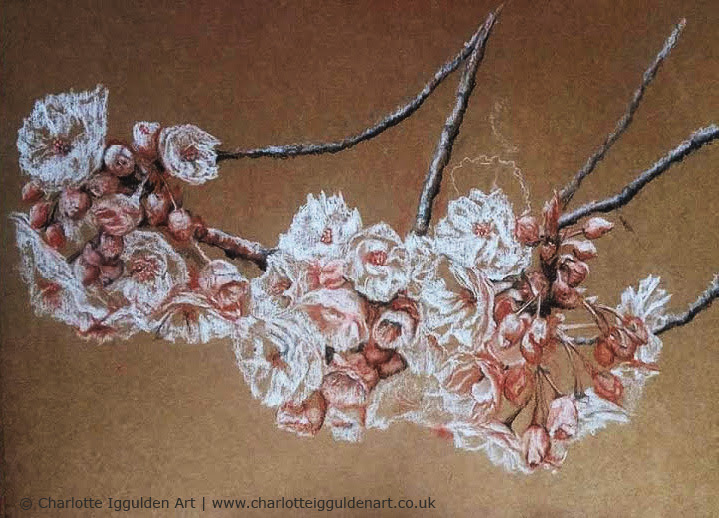
Michelangelo, Leonardo da Vinci and Raphael. Three names that, after 500 years, need little introduction to a modern audience. These paragons of the Italian Renaissance are generally credited as figureheads of High Renaissance art, imbuing their works with a psychological astuteness and dynamism, which visually embodied the prevalent resurgent interest in classical ideals after a period of cultural stagnation.
The National Gallery’s recent exhibition, ‘Leonardo, Michelangelo, Raphael about 1500’ aimed to explore an artistic dialogue that was initially friendly and respectful, but became at times contentious, due to the competitive nature of commissions available in Rome. The exhibition gathered together eight works by the three artists, showcasing how they learnt from, and sometimes ‘borrowed,’ from one another.
Acutely aware of one another’s presence in the social arena, each artist sought to be distinctive in his vision and execution:
Leonardo da Vinci (1452–1519), often described as the ultimate Renaissance Man, achieved mastery in many fields of study, combining both science and art in his craftsmanship. His initial desire was to work as an inventor of military weapons for the Duke of Milan, but was instead commissioned as the official painter for the court and subsequent wealthy patrons. He amassed hundreds of drawings of his ideas, leaving him with little time to paint. As a consequence, we have been left with a few examples of his paintings, most notably ‘The Virgin of the Rocks,’ depicting the Immaculate Conception, and Mona Lisa.
‘The Virgin of the Rocks’ (about 1491) by Leonardo da Vinci:
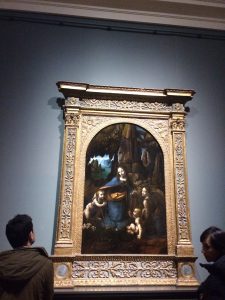
Michelangelo Buonarrotti (1475–1564) was by his own admission, a sculptor first; he expressed the human figure in marble, reimagining its form in all its powerful and physical dynamism. All his projects were vast and ambitious, placing the human body as central to emotional expression.
Raffaello Santi, or Raphael (1483–1520) embodied the classical ideals of harmony and beauty in both his paintings and even temperament. He drew his own study of Michelangelo’s Taddei Tondo and was initially influenced by Leonardo, yet imbued the face of the Madonna with his own preference for serenity and clarity and was a far more prodigious painter than Leonardo.
The Ansidei Madonna (1505), by Raphael:
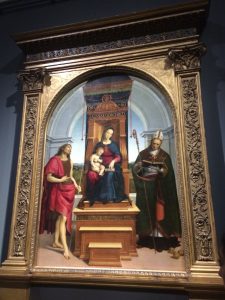
The focus of the exhibition was Michelangelo’s ‘The Virgin and Child with the Infant Saint John,’ also known as the ‘Taddei Tondo’ (1504-5), on loan from the Royal Academy and the only marble sculpture by Michelangelo in the UK.
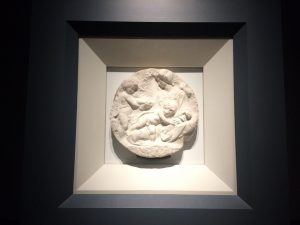
The psychological immediacy of the sculpture opposed the otherworldly virtues of Leonardo’s painting ‘The Virgin of the Rocks.’ Whereas revelation and relational humanity seems to be Michelangelo’s concern, Leonardo’s appears to be divine worship and reverence, aspiring to the ideals of beauty, similar to the harmonious aspirations of Raphael.
Michelangelo, Leonardo da Vinci and Raphael were men of their time, yet their vision transcended their history and influenced generations of painters, sculptors and art collectors to come.
You can read the full blog here: Michelangelo, Leonardo da Vinci & Raphael about 1500 – High Renaissance art at The National Gallery – Charlotte Iggulden Art
Here is a glimpse of some of the paintings I will be showing at my upcoming exhibition, plus useful information on how to get there and opening times…
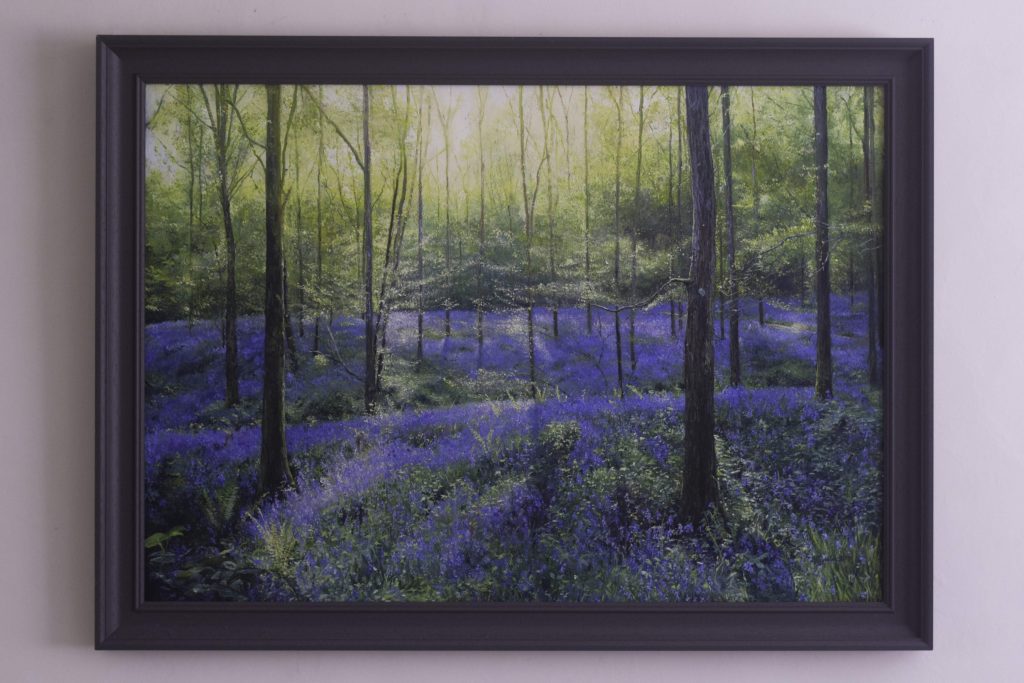
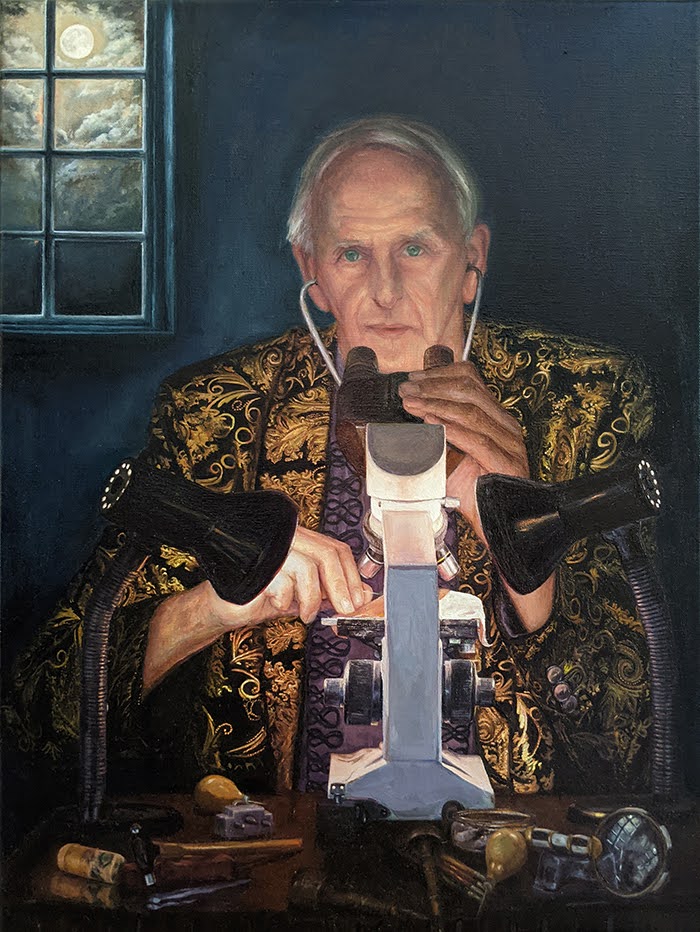
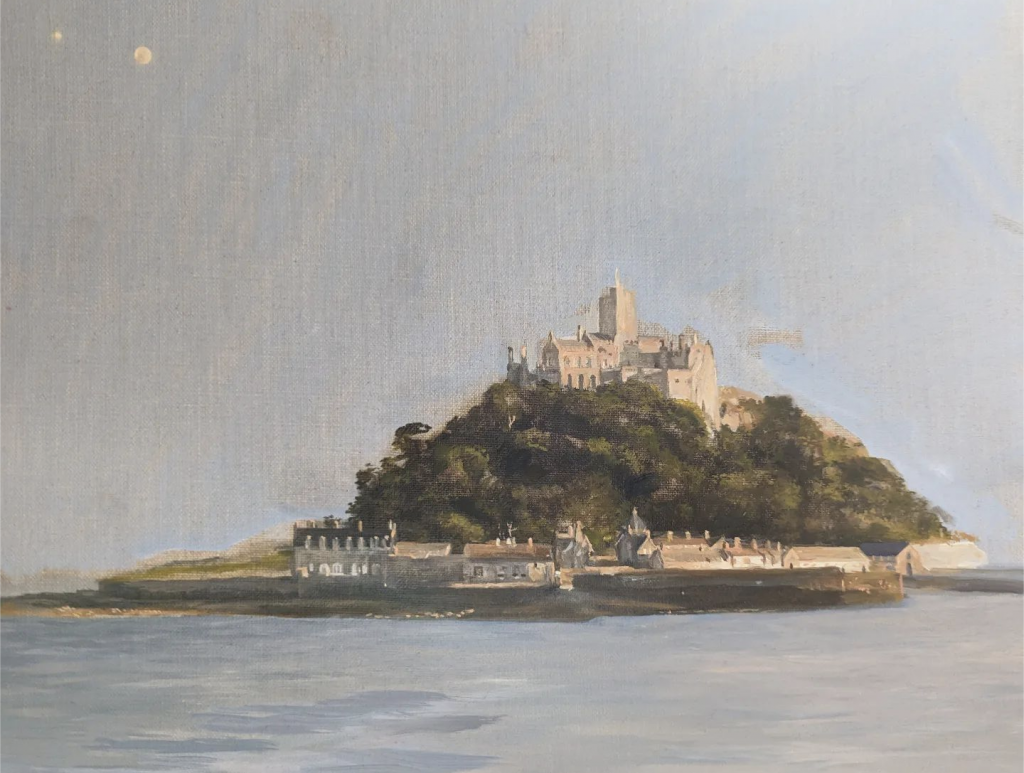

ADDRESS: Selhurst Park Road, Chichester, West Sussex PO18 0PS
Preview Evening
Friday 10th May: 5.30pm – 8.30pm – (£10 Advance tickets online – £15 on the door)
(Ticket includes complimentary fizz and unlimited entry during public open days)
General Admission
Saturday 11th May: 11.00am – 5.00pm – (£5 Advance tickets online – £7.50 on the door)
Sunday 12th May: 11.00am – 5.00pm – (£5 Advance tickets online – £7.50 on the door)
(Free weekend entry for children under 16 and £5 weekend concessions (on the door)
(Online tickets subject to Vat)
Advance discounted tickets can be purchased from ticket service provider Eventbrite or on the door at the event.
I look forward to seeing you there!

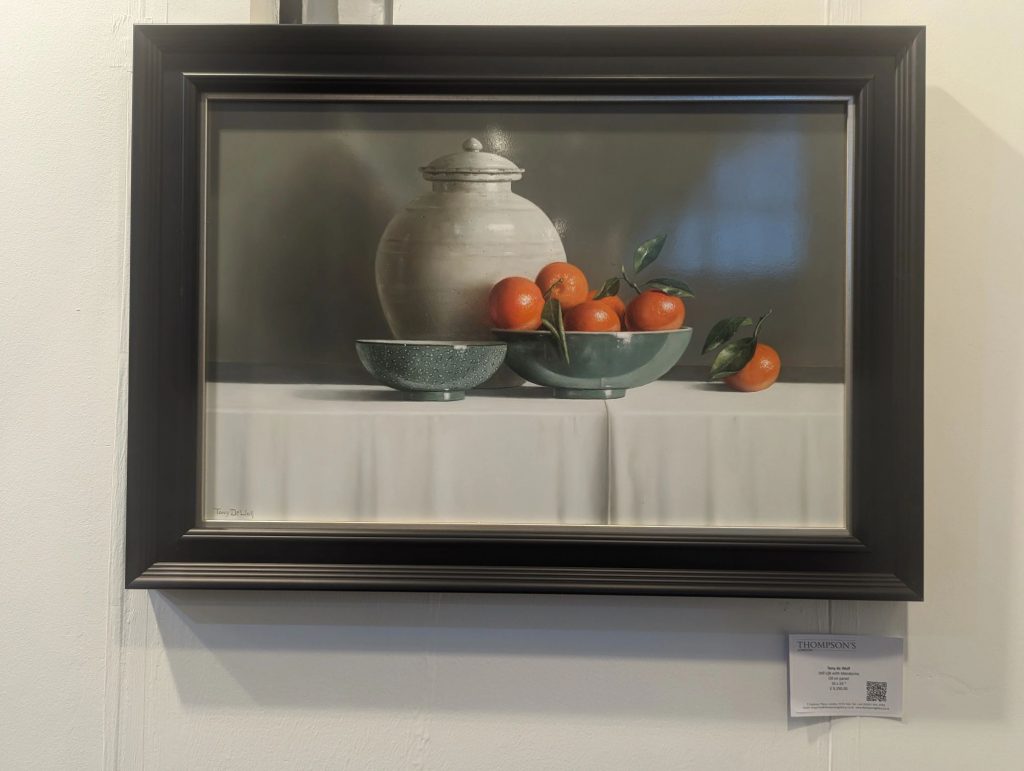
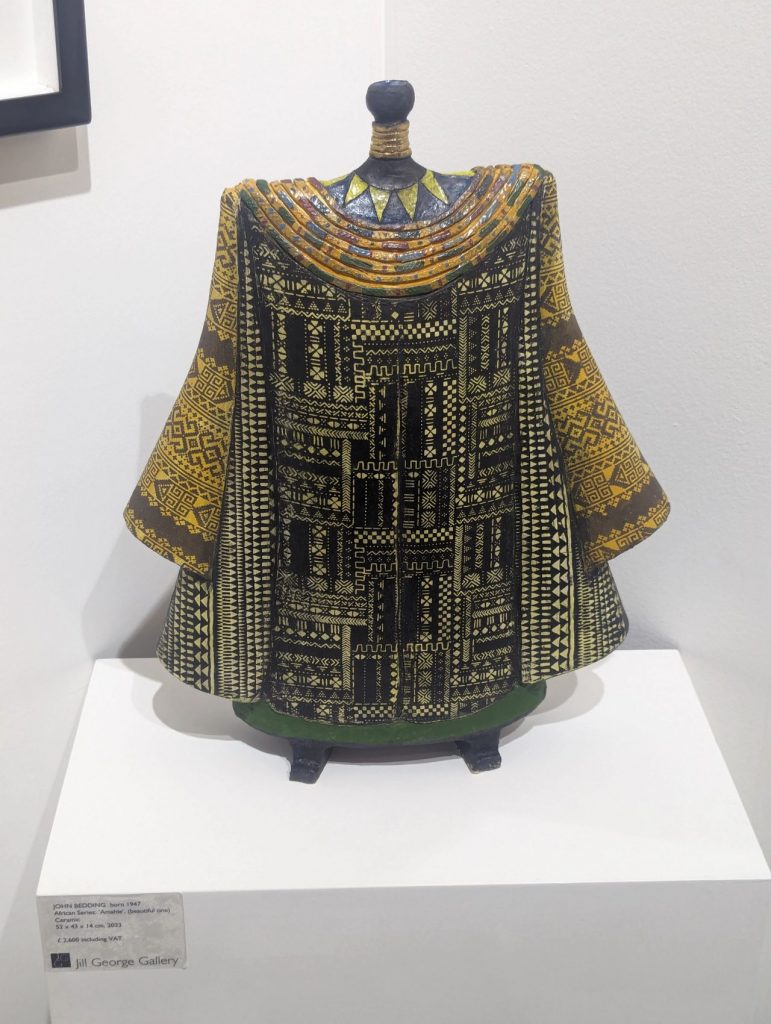
I was honoured to be invited as a VIP to the London Art Fair by the Museums + Heritage Advisor, with a special private view and programme featuring tours and talks with museums and curators such as Charleston, the Henry Moore Foundation and Sotheby’s. The fair was held at the Business Design Centre in Angel Islington, London on Tuesday 16th January – Sunday 21st January.
Gathering more than 120 galleries, the fair is well established in highlighting Modern British Art, as well as international and contemporary works from established and emerging galleries and artists.
I personally relished exploring the various stands and speaking with curators and artists alike, admiring recognisable works from well known artists such as Bridget Riley up close and discovering more contemporary talent.

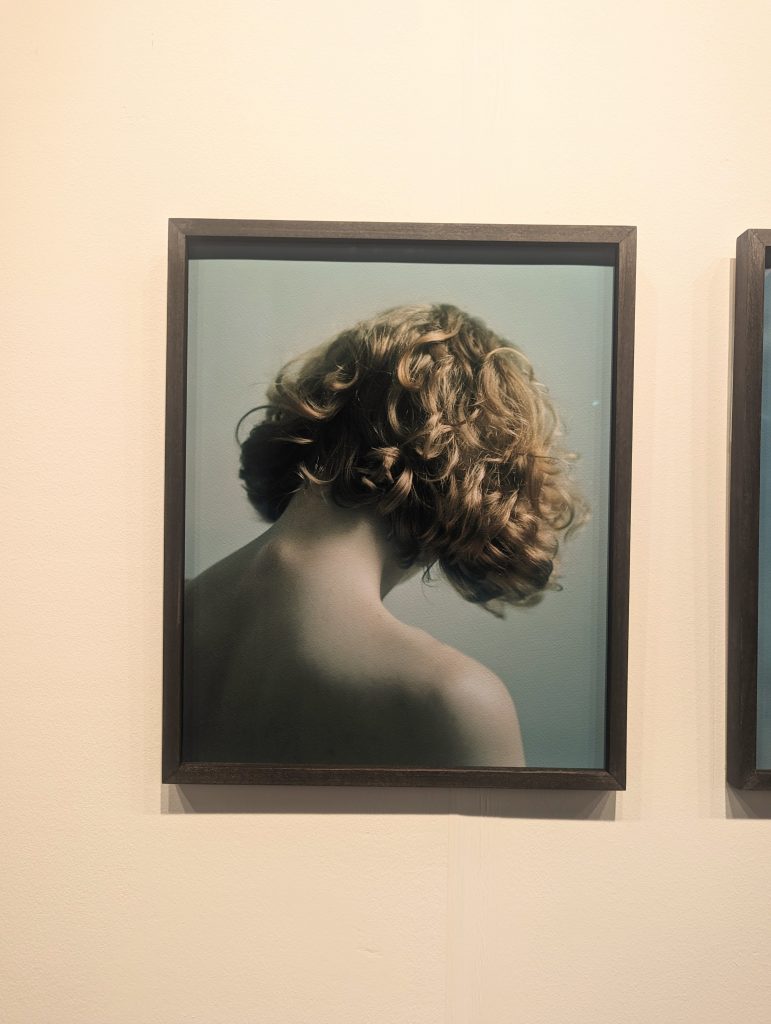
Save the date for next year! 22 – 26 Jan 2025
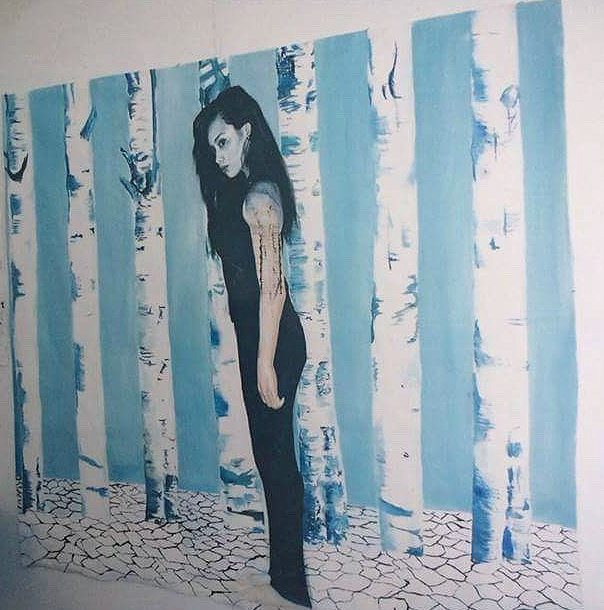
LinkedIn recently reminded me that January 2024 has marked 20 years of my being a professional fine artist.
My teachers were actually the first to buy my paintings while at school and I still remember being amazed that someone wanted to buy my artwork, even more so that it was my teachers.
There was a lot of interest in my art at school during that time and I was commissioned by my school to draw a picture for Professor Lord Robert Winston, after being selected as artist of the year. Professor Winston is a preeminent British scientist and presenter of the BBC programmes Child of Our Time and Superhuman.
In 2005, I won the Surrey County Council Art Award award for my project on ‘Vanishing Cultures’ (my school entered me without my knowledge!), which was a self motivated project that highlighted my interest in the gradual effacement of indigenous identities in the face of globalisation and consumerism. By raising awareness of the need for mutual understanding, I hoped to help preserve not just their legacy but also that of humanity, as we are all custodians of one fragile planet.
The project initially evolved as a result of my seeing some students at school getting tattoos depicting Japanese calligraphy without understanding its meaning, their only concern was that it was perceived as a mark of social status. After researching the significance of tattoos and other cultural emblems in certain societies, I realised that their meaning was lost when adopted by another society. I began exploring ‘vanishing cultures,’ a topic already of interest to me as a result of my subscription to the National Geographic magazine. I wanted to highlight the gradual effacement of a strong cultural identity and connection to history, retained most significantly by members of indigenous communities. My project aimed to resist a generic modern culture, whilst maintaining a dialogue between diverging communities and their personal histories.
I discovered a beautiful photo of a Filipino tribal girl in the National Geographic magazine and being of English and Filipino heritage (amongst others), I wanted to represent the closeness and distance of my knowledge with that of indigenous peoples. I decided to paint the tribal girl’s tattoo on my sister’s arm; we frequently used each other as muses but this was especially significant as it was in a sense a self-portrait, but also an objective painting. The Tatak ng Alon tattoo (‘wave imprint’ in Filipino) is symbolic for the tribe and the wearer as each tattoo has a meaning and significance for the individual, consequently that meaning would be lost if adopted by another culture or inscribed on another person. The fact it is being washed away on my sister’s arm represents the gradual disappearance of that history when appropriated without an understanding of the said culture.
Indigenous cultures only disappear when external forces, such as the deforestation of rainforests, engulf them. The final piece aimed to project a future without these cultures and the loss of their knowledge; it depicted a barren and drought devastated environment, akin to a photographic negative. Without the knowledge specific to a particular location, all significance is lost to the interpreter and that knowledge vanishes.
The final painting was on display at my school from 2005-2012 when I wanted to reclaim it for my portfolio.
You can find out more about the project here:

The Sussex Art Fair has begun its digital promotions for the event at Goodwood Racecourse in May, featuring my oil painting of the picturesque fishing village Polperro in Cornwall on their social media.
Follow the event online:
Instagram: Sussex Art Fair (@sussexartfair) • Instagram photos and videos
Facebook: Sussex Art Fair | Facebook
Hope to see you there!
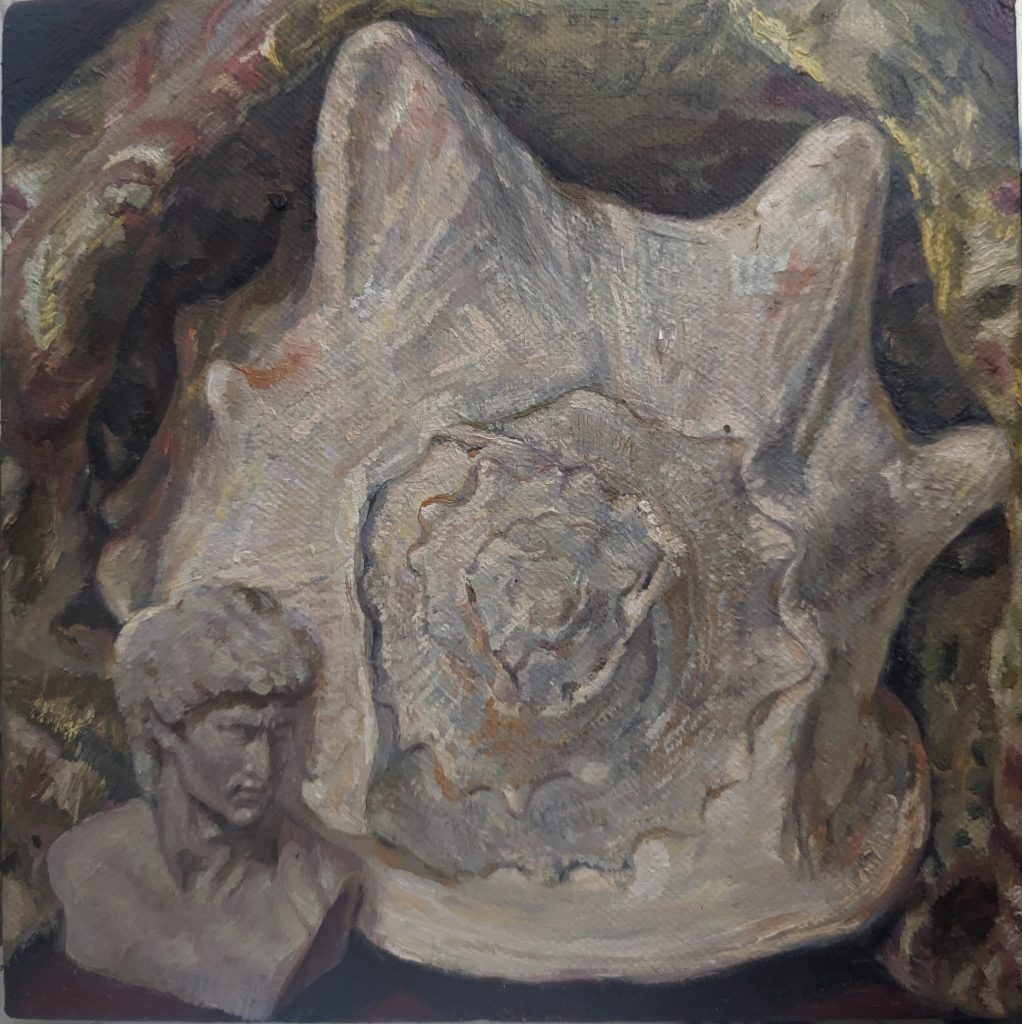
Combining love, nature, antiquity and rich tapestries in this recent oil painting, created on a 20cm x 20cm deep edge canvas.
Keep an eye out for the final artwork..

A throwback to one of my oil painting studies in 2005, part of my art project which explored cultural identity and the intellectual legacy of indigenous cultures, as well as ‘non-western’ cultural traditions.
Painted on A3 cartridge paper (in very small brushes!), it depicts ‘Eun Ju’, after artist Andrew Tift’s ‘Alexander and Eun Ju.’
The original portrait took on new significance for me as it was Tift’s subjective take on Jan Van Eyck’s Arnolfini marriage, painted in 1422-4. Filled with symbolism, it shows both the unifying, protection and preservation of cultures, something of interest to me with my own cultural background.
Eun Ju wears a hanbok, perhaps to sustain Korean tradition. Along with language, religion and cultural patterns such as dance, food, housing and aesthetics, apparel plays a vital role in the preservation and expression of cultural identity.
My school entered my art project, titled ‘Vanishing Cultures’ into the Surrey Art Award, and I’m delighted to say it won first place.
I had begun selling my paintings to my teachers a few years before this, but around this time I began portrait commissions that continued to this day.